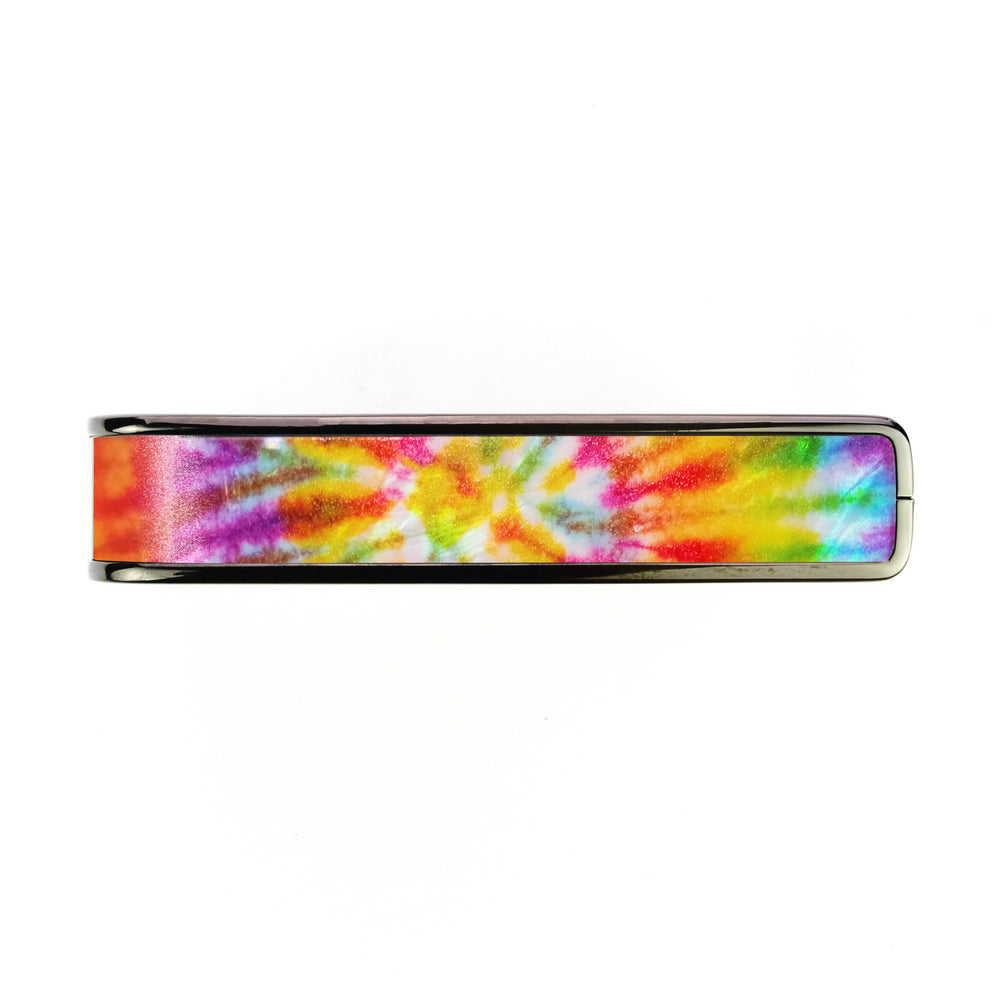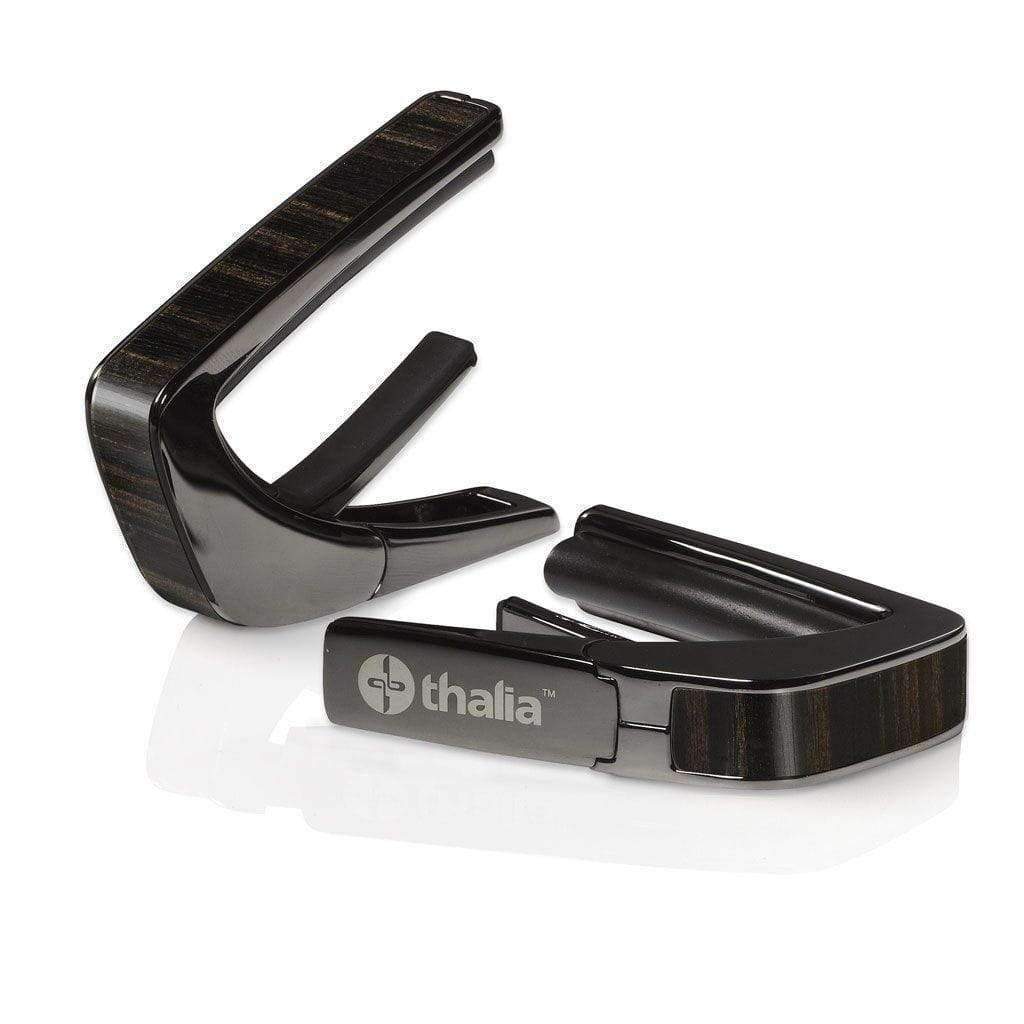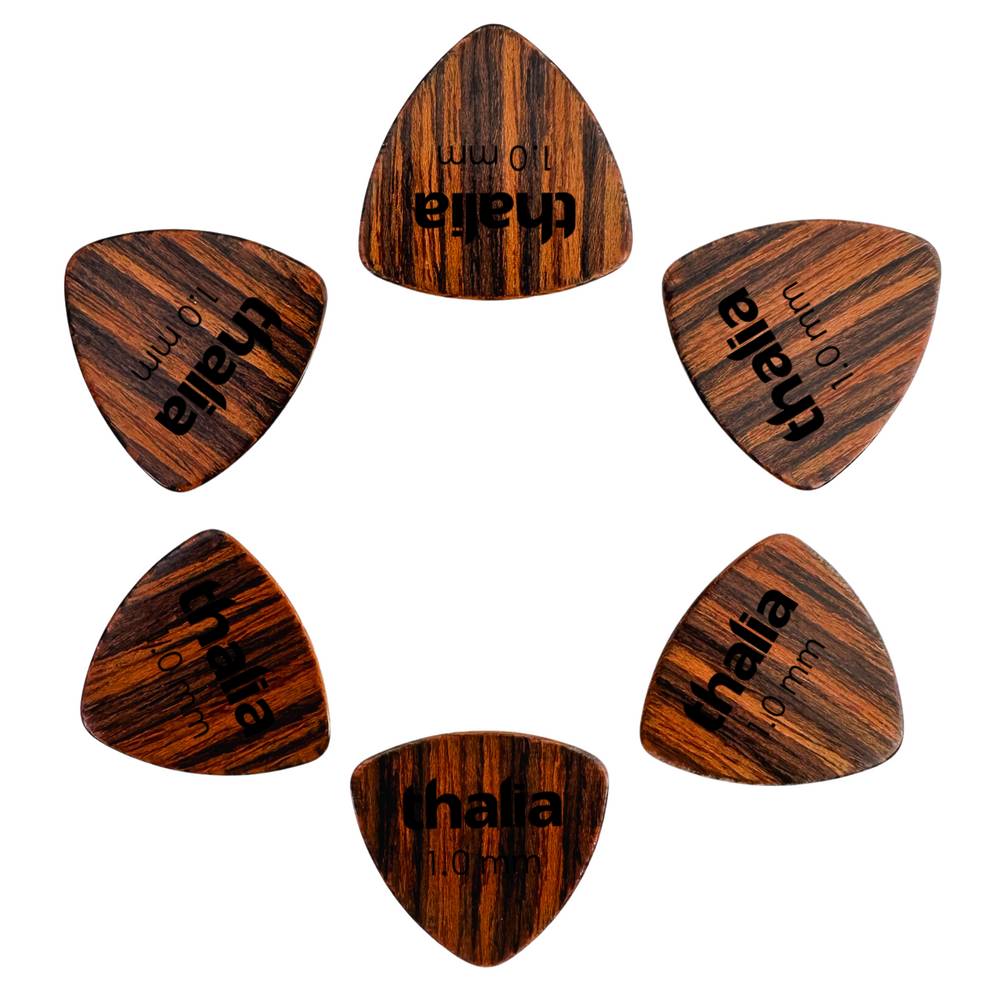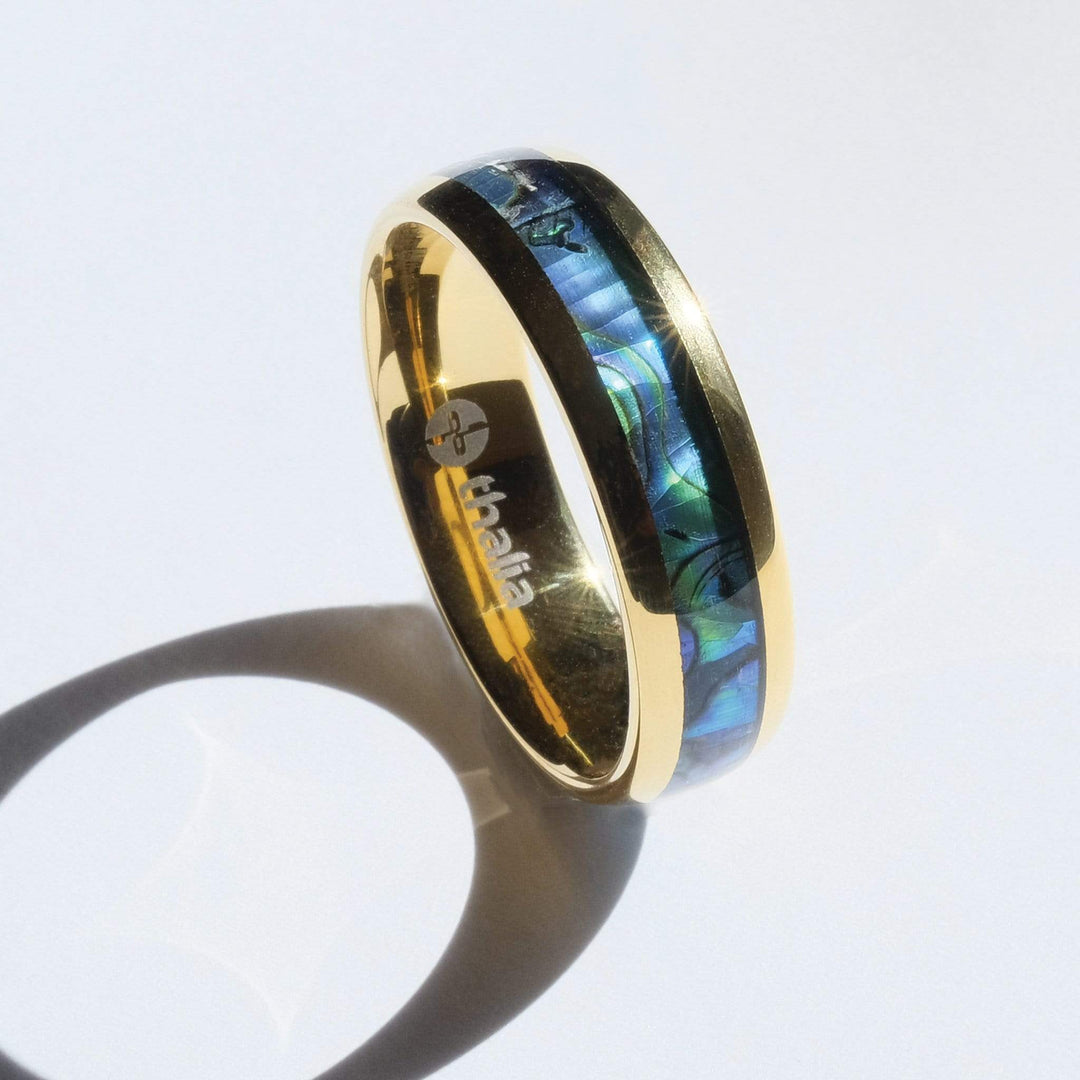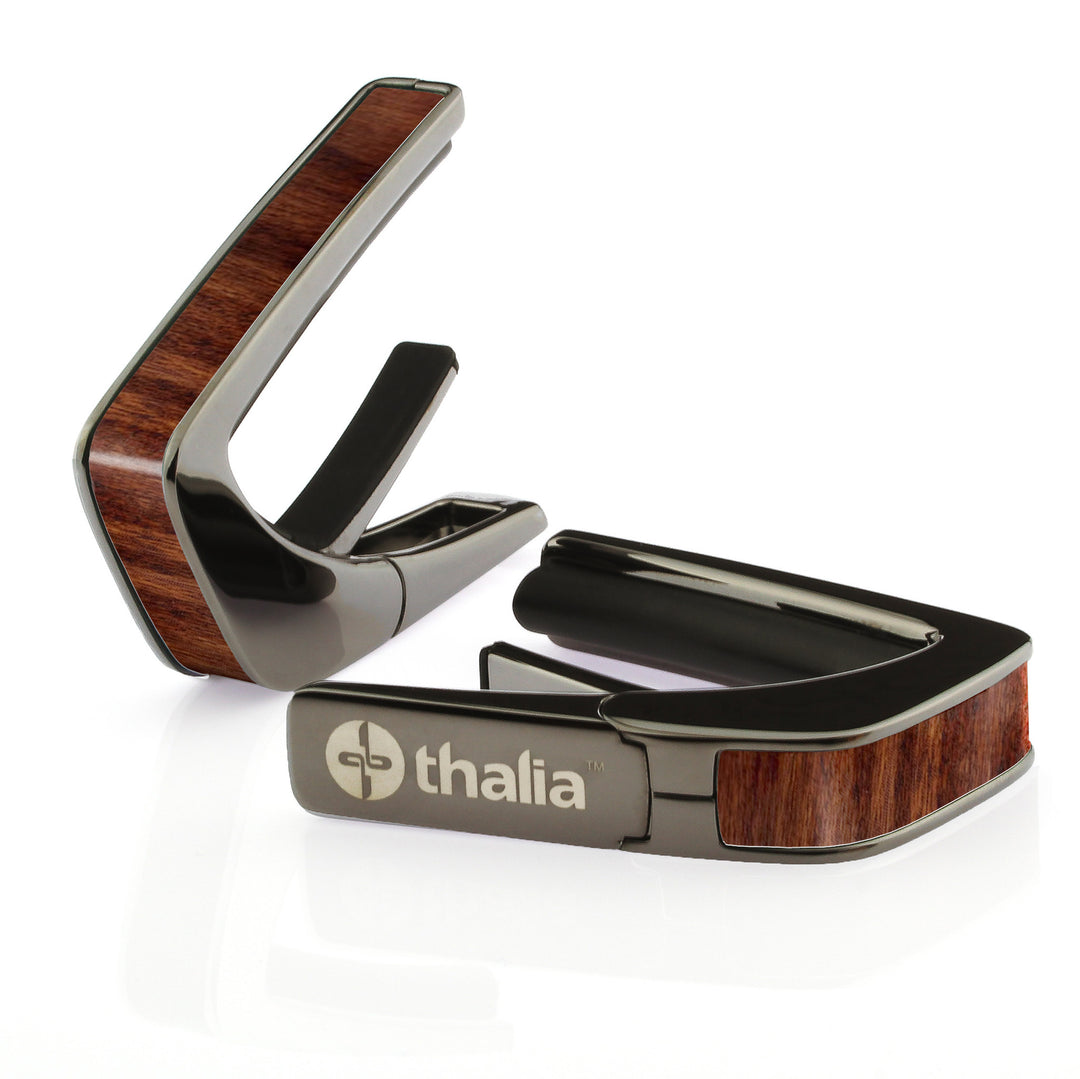3 MORE Capo Classics Every Guitarist Should Know
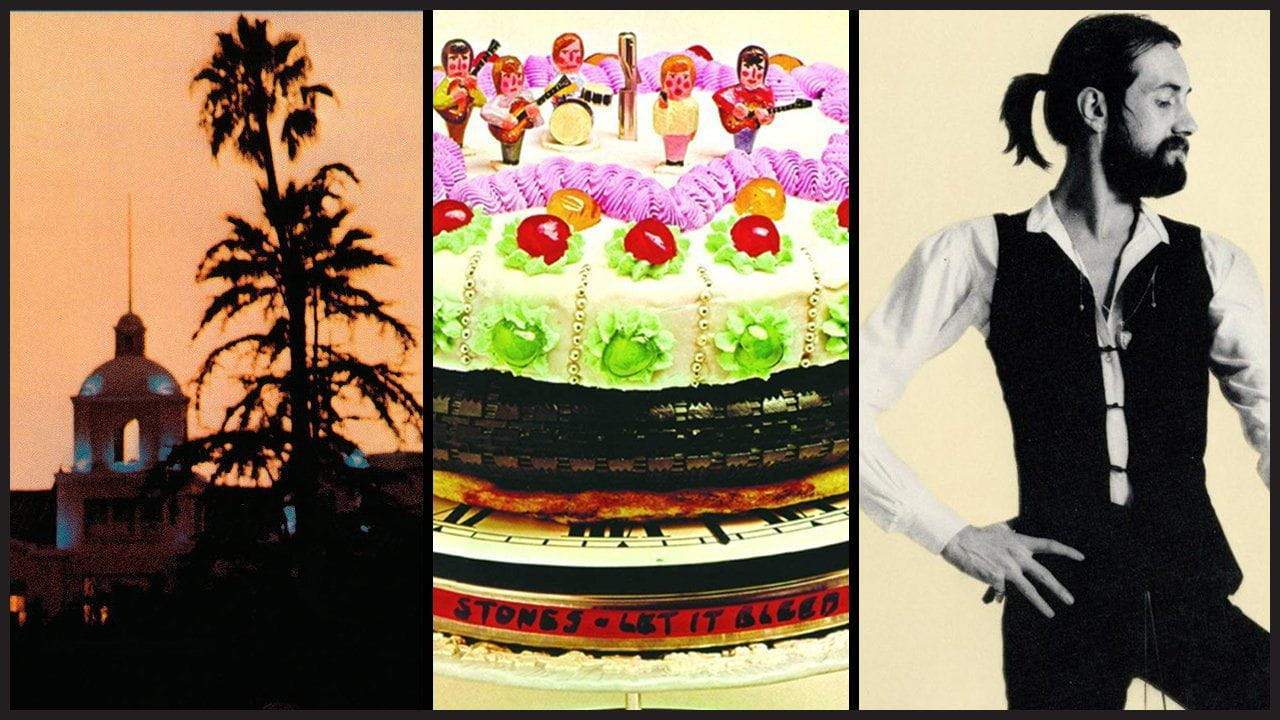
We’re back with three more bona fide classic songs that feature guitars played with capos! Part of what makes these tracks so great is the use of the capo in them.
And, because every guitarist should have these in their arsenal, we’ve included tab links to boot!
If you’re not up to date, check out article number one here. Assuming you are though, we can dive right in, with a track that truly deserves the “legendary” label!
The Eagles – “Hotel California”
 |
|
Hotel California, The Eagles 1976. |
The Eagles’ “Hotel California” is one of the most iconic capo songs of all time. That seventh fret capo positioning on Don Felder’s guitar is what gives it such a haunting, ethereal quality. But, as the guitarist noted in a 2016 interview, it was almost a very different story:
“Every once in a while it seems like the cosmos part and something great plops into your lap. That’s how it was with “Hotel California.” I had just leased this beach house in Malibu and was sitting in the living room with all the doors wide open on a spectacular July day, probably in ’75. I was soaking wet in a bathing suit, sitting on the couch, thinking the world is a wonderful place to be and tinkling around with this acoustic 12-string when those ‘Hotel California’ chords just oozed out. I had a TEAC four-track set up in a back bedroom, and I ran back there to put this idea down before I forgot it.”
Felder was very happy with the track, originally written in E minor. But, when Don Henley heard it, he felt it needed a key change:
"Then Henley came back and said, ‘It’s in the wrong key.’ So I said, ‘What do you need? D? F sharp?’…hoping that we could varispeed the tape. But he said no, that wouldn’t work, and we sat down and started trying to figure out the key—and it turned out to be B minor! So out comes the capo, way up on the seventh fret. We re-recorded the song in B minor and all of a sudden the guitar sounds really small and the whole track just shrinks! It was horrible, so we went back and tried it again. Luckily, we came up with a better version in B minor.”
Check out the tab.
The Rolling Stones – “Midnight Rambler”
 |
|
Let It Bleed, The Rolling Stones 1969. |
“Kicking off side two of “Let It Bleed,” the Rolling Stones do in fact, let the blood run on this tale of murder and evil. “Midnight Rambler” is one of the band's best blues grooves ever. It's rhythm and swagger (a word that can never be over used in talking about the Stones) pull the listener in, wrestle them down and keep them to the bloody end.
Some ace harmonica from Mick Jagger floats along atop the slinky guitars including some very tasty slide work from Keith Richards. The song cooks along till a mid-song rave up changes the rhythm to a straight on rocker -- before falling apart in dramatic fashion leaving just enough room for Jagger to sneak back in to wrap it up in pure blues style.”
- Ultimate Classic Rock on “Midnight Rambler”
A true classic and calling card from the world’s greatest rock and roll band, “Midnight Rambler” is a must-have for any guitarist’s repertoire.
The guitar sound on the record is, as the Ultimate Classic Rock quote above suggests, captivatingly slinky. And that comes from Keef Richards’ layering of Open-E tuned parts over a rhythm part in standard tuning with a capo on the seventh fret. It sounds great, and it’s great fun to learn as well!
Check out the tab here.
Fleetwood Mac – “The Chain”
 |
|
Rumours, Fleetwood Mac 1977. |
Fleetwood Mac’s “The Chain” is an enduring classic, with one of the most iconic bass lines of all time. But, it was originally a very different song that almost didn’t make it onto the album. As Christine McVie told Rolling Stone in 1977, it started life as a song she wrote called “Keep Me There,” but soon took on a life of its own:
“We decided it needed a bridge, so we cut a bridge and edited it into the rest of the song. We didn’t get a vocal and left it for a long time in a bunch of pieces. It almost went off the album. Then we listened back and decided we liked the bridge, but didn’t like the rest of the song. So I wrote verses for that bridge, which was originally not in the song and edited those in.”
Working backwards from the bridge, guitarist Lindsey Buckingham then introduced a folky guitar figure, actually lifted from his own “Lola (My Love)” from 1973’s “Buckingham Nicks” album. That haunting figure, in DADGBD tuning with a capo on the 2nd fret, was the final element needed to make the song. The band named it “The Chain” because it had been chained together from so many different elements.
Check out the tab here.
Which of these songs is your favorite to listen to? And which is your favorite to play on guitar? As always, share your stories in the comments!







